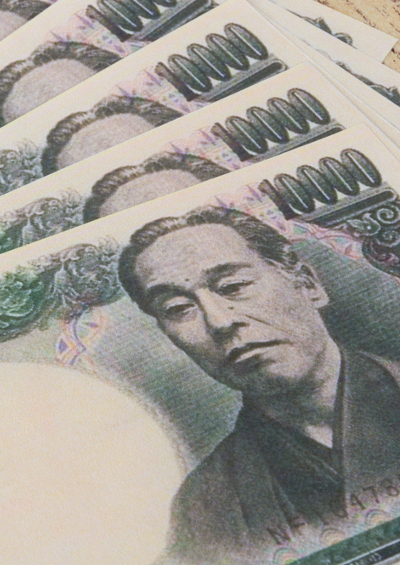Japan: Abe’s Remaining Options
The question is therefore not if, but how the creditors lose their money.
December 21, 2014

Optimists point out that Japan is still one of the richest nations in the world. It has a net international investment position of nearly $3 trillion. That sounds very impressive. However, this compares with government debts of more than $10 trillion, which are mainly held by domestic investors.
Japan thus has to deal with a situation which Thomas Piketty would call a “distribution problem” between the private and public sector.
Without a doubt, the Japanese leadership is well aware of this situation. It is obvious that the government will never pay back its loans. The question is therefore not if, but how the creditors lose their money.
Let us therefore have a look at the options:
1. The Japanese government could just default on its debt. “Sorry savers, but we don’t pay anymore.”
Assessment: Easily possible given the fact that more than 90% of the government bonds are held by Japanese.
Unlike Argentina, the Abe government would not have to negotiate or fight with international creditors galore. Even so, this option is most probably not political attractive at home.
2. The Abe government could enforce a one-time wealth tax to pay back the debt.
Assessment: This would be socially more acceptable as the better off would have to contribute as well. Everyone would have to pay irrespective of the fact whether s/he owns government bonds or not.
In this case as well, this is most probably not an attractive option for politicians. Tax payers would hate them. The similarity to Europe is obvious.
It is here where Abenomics come into play. Like a driver who realizes that it is impossible to stop the car before hitting the wall, Abe is going full speed trying to break through the wall instead.
Going for broke
His game plan is clear: More government debt and massive quantitative easing – i.e., direct purchases of financial assets by the central bank – should generate growth and an inflation rate of 2% as a minimum over the short term. Reforms should lead to higher growth in the mid- and long-term.
The goal is to get the nominal growth rate above the growth rate of government debt, thereby reducing debt-to-GDP ratios over time.
Much of the global debate over Japan focused on his ability to improve real economic growth by liberalizing labor markets and increasing female work participation, the famous third arrow.
I hate to pour water into that sake: Given the shrinking population, the third arrow can only have a marginal effect. It is obvious that it will be very difficult to generate real economic growth.
Therefore, it is sad but not critical that Abe has failed so far in truly implementing these structural reforms.
As advertised, the aggressive monetary easing – combined with continued huge government deficits – should support economic growth, mainly by weakening the yen and therefore supporting exports. In this regard, Abe’s policy was effective, but unsuccessful.
Takeaways
Instead of breaking, Abe is going full speed trying to break through the wall.
It is sad but not critical that Abe has failed so far in truly implementing structural reforms.
In Japan, the question is not if, but how creditors lose their money.
Given the shrinking population, the third arrow can only have a marginal effect in generating real economic growth.

